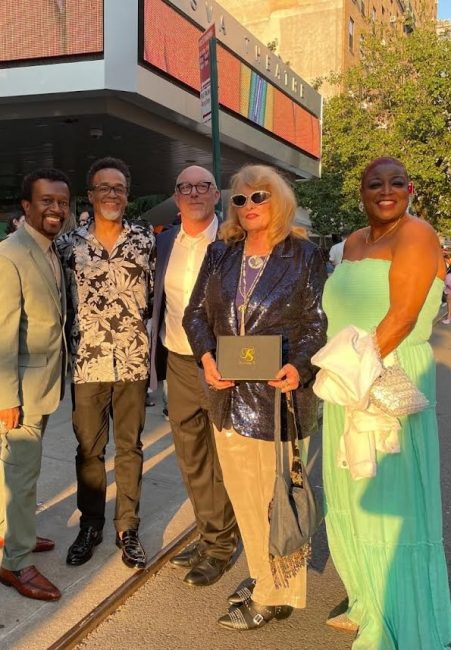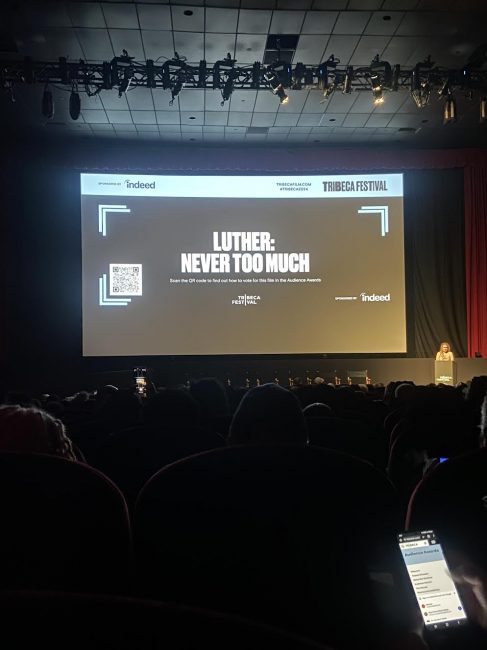We’re diving into the enchanting world of R&B with one of its all-time greats, Luther Vandross, and his beloved wedding song Here and Now.
Joining our host, Max ‘Mr. Divabetic’ Szadek, is Terry Steele, the talented co-writer who helped bring this classic to life. Terry will take us behind the scenes of the creative process, sharing the inspiration that fueled the heartfelt lyrics and the song’s enduring legacy.
Terry Steele also reflects on Luther’s hero, Dionne Warwick’s pivotal role in Luther’s song recording.
Growing up in the Bronx, Luther Vandross was mesmerized by the magic of music, particularly by Dionne Warwick‘s enchanting voice.
Hearing her on the radio ignited a passion in him, and seeing her perform live at the Brooklyn Fox Theater left a mark on his heart. He fondly remembers, “She came on stage and just killed me,” capturing how deeply her music resonated with him. The song Anyone Who Has a Heart inspired him to pursue his own musical dreams.
Luther Vandross won his first Grammy in 1991 for Here and Now after being nominated 9 times.
Billboard magazine included Here And Now on their list of the Best 30 Wedding Songs of All Time stating, “everything about the song suggests flowing curtains and candlelight, and Luther’s voice is pure butter.”
Terry Steele is a two-time Grammy-nominated singer and songwriter who has toured internationally and performed in places like Russia, Japan, and Brazil.
As a professional songwriter, he has collaborated with superstars like Whitney Houston, Dionne Warwick, and Stevie Wonder, among others. As the principal writer of the hit Here and Now.
Terry received his first Grammy nomination for “Best Rhythm and Blues Song” in 1990. He has held esteemed songwriting roles at major music companies and even tours occasionally with the renowned jazz band HIROSHIMA as their lead singer.
Angela Bofill suffered two strokes but neither stroke could take away her positive, humorous personality and her fighter spirit. After she lost the ability to sing, she returned to the stage for “The Angela Bofill Experience” in which she skillfully narrated her life story, while her band and other singers. Enjoy our exclusive interview with this iconic singer and songwriter.








